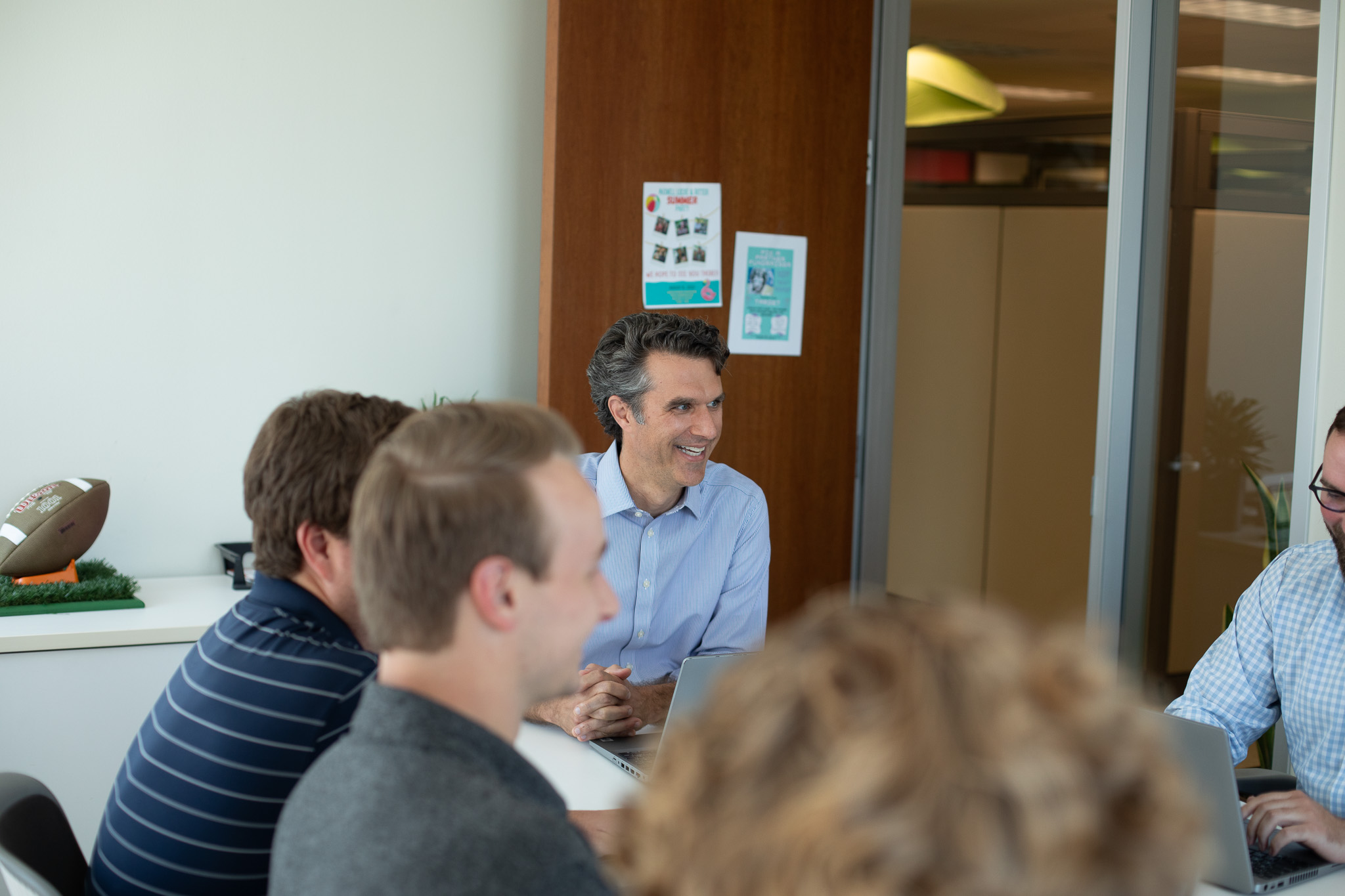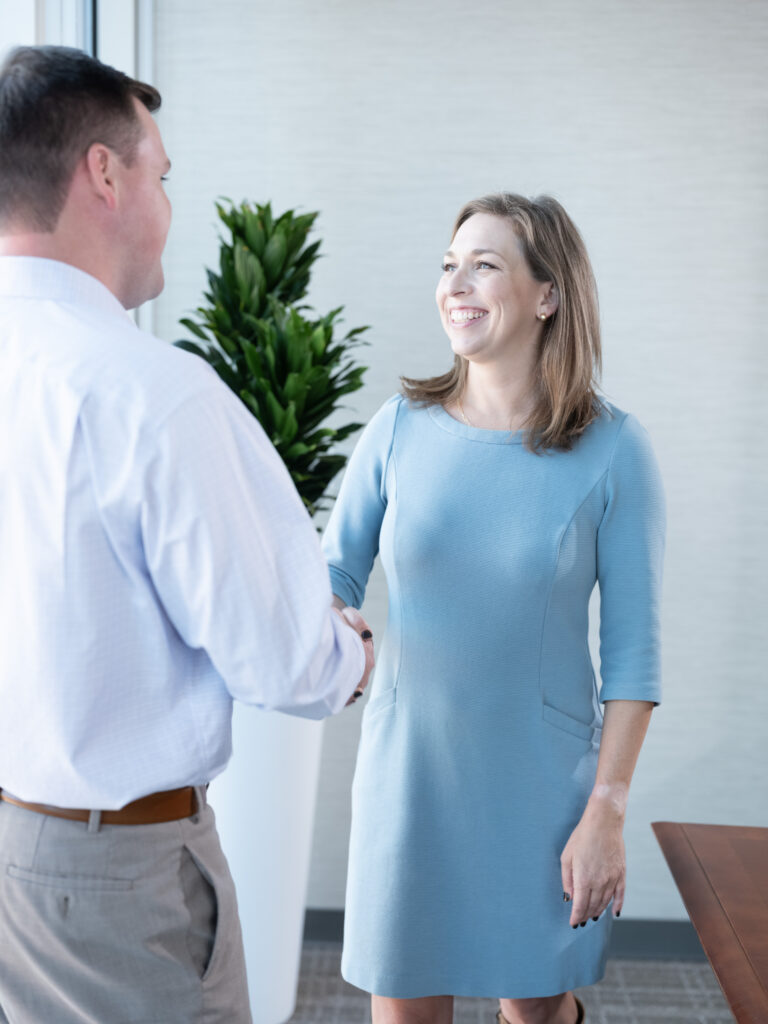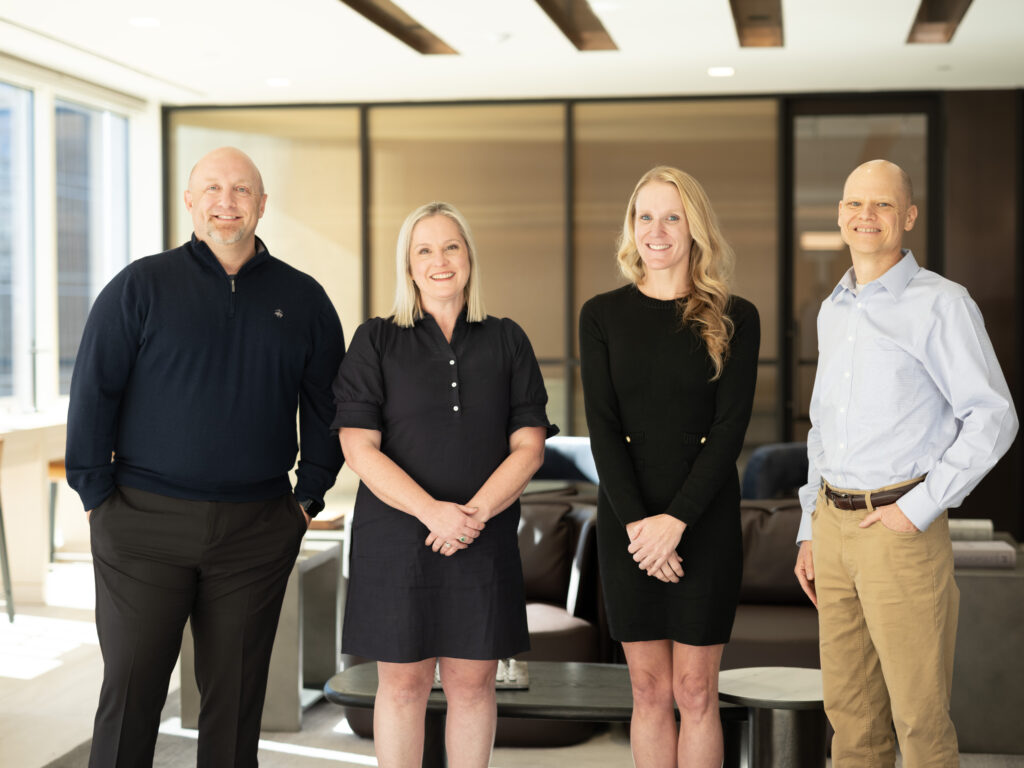
By Brandon Lamb, CPA, Transaction Services Partner
Understand LTV and CAC
Lifetime Value (“LTV”) and Customer Acquisition Costs (“CAC”) are helpful indicators of long-term value creation for SaaS companies[1]. LTV and CAC provide useful insight when analyzed on a stand-alone basis or as a ratio (LTV:CAC).
LTV
LTV is calculated as (i) average revenue per unit or customer (“ARPU”) multiplied by (ii) gross margin, divided by (iii) churn rate (or retention rate). Each of these elements alone doesn’t tell the entire story, but together they quantify the value an average customer generates for a company.
- ARPU trends alone will explain whether the average customer’s contract value is growing or shrinking over time. Fluctuations in ARPU over time will illustrate if customers are adding users, modules, or add-on products. In addition, ARPU assists in monitoring a company’s pricing model. However, it is limited by its inability to factor in the average life of a customer.
- The customer churn rate provides an answer to the average life of a customer. Churn or retention rate calculates the percentage of customers that are lost or retained during a period of time. Customers are more valuable the longer they remain under contract.
CAC
CAC is calculated as a company’s total sales and marketing (“S&M”) spend divided by the number of customers acquired during a specified period. S&M spend does not result in new customers overnight. Generally, there is a period of time before advertising campaigns, product demos, or sales meetings lead to an executed contract. The length of a company’s typical sales cycle is different based on the type of product, ARPU, and target industry or customer. We recommend a company utilizes its typical sales cycle in its calculation of customer acquisition costs.
Many SaaS companies in the early phase of growth neglect to calculate and monitor LTV and CAC. As a result, they are often ignoring key measures of the efficiency of its sales and marketing function.
Considerations in the calculation of LTV and CAC
Determine the length of a company’s sales cycle
It’s important that CAC is calculated based on the estimated length of the sales cycle for a company. This approach aligns the S&M spend with the customers directly acquired by the direct investment in S&M.
Use the appropriate churn rate
Churn rate is more useful over a longer period of time. Churn rates can be significantly different from month to month. An annual period (calendar year or trailing twelve month) is usually a more appropriate time period to measure customer churn or retention.
The more data gathered, the more information these metrics can provide
Companies should consider tracking spend by customer industry, size, or geography, in order to determine which customers are more efficient to acquire or provide the most value[2]. In addition, the company can measure which of its sales representatives are more efficient over time.
Determine the appropriate assumptions for a company with limited historical data
For young companies it may be difficult to estimate the lifetime period of a customer as churn data is limited, but we commonly see estimates of 1-3 years for small and medium business (“SMB”) customers and 2–4 years for enterprise customers[3].
What is the target LTV:CAC ratio?
The SaaS industry benchmark is an LTV:CAC ratio of 3:1[4]. At this level, the ratio shows a company generally has a healthy, efficient sales and marketing model. A higher level could indicate the company is not spending enough on S&M, while a lower level shows the company is not efficiently managing its S&M function.
The benchmarks for LTV, CAC, and LTV:CAC can vary depending on a SaaS company’s target customer or industry. Investors should ensure a target company’s ratio is in line with its direct competitors.
CAC Recovery Period
The CAC recovery period is the period of time before a company recovers its customer acquisition costs from the average customer. Essentially, it is the calculation of the break-even point for the average customer. CAC recovery period is calculated as the gross margin earned from the average customer (ARPU multiplied by average gross margin) divided by CAC.
The average SaaS company recovery period is approximately 12 months, with the best recovering the costs in 5 to 7 months[5]. The longer the recovery period, the more likely a company is to experience cash flow issues and require additional growth investment or debt in order to grow.
Monitoring Lifetime Value (“LTV”) and Customer Acquisition Costs (“CAC”) Recovery are useful metrics to determine if your SaaS company is on track.
ML&R Due Diligence Team here for you
The due diligence team at Maxwell Locke & Ritter has performed over a hundred Quality of Earnings (“QoE”) engagements on SaaS and other recurring revenue companies. Please reach out to let us know how we can help you.
Brandon Lamb, CPA, Transaction Services Partner – blamb@mlrpc.com
Lathrop Smith, CFA, Transaction Services Partner – lsmith@mlrpc.com
_________________________________________________________________________________________________
[1] Bessemer’s Top 10 Laws for Being SaaS-y, Fall 2009 Release, Byron Deeter, David Cowan, Bob Goodman, Philippe Botteri, Jeremy Levine, Anil Sarin, Devesh Garg, Adam Fisher and Gary Messiana
[3] Bessemer’s Top 10 Laws for Being SaaS-y, Fall 2009 Release, Byron Deeter, David Cowan, Bob Goodman, Philippe Botteri, Jeremy Levine, Anil Sarin, Devesh Garg, Adam Fisher and Gary Messiana






